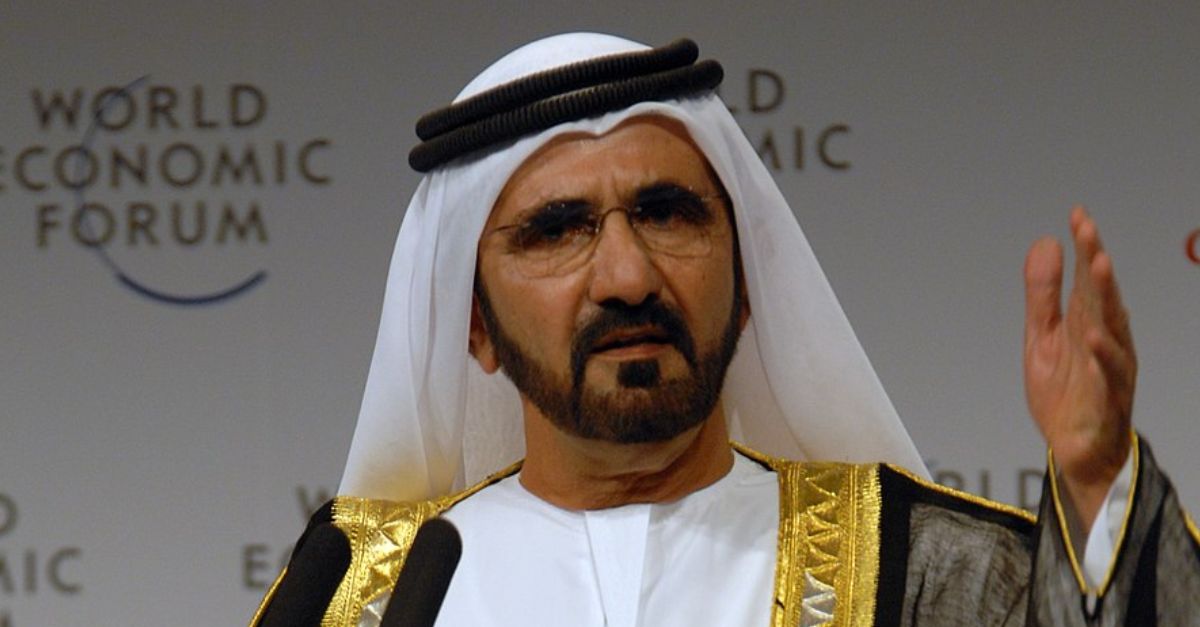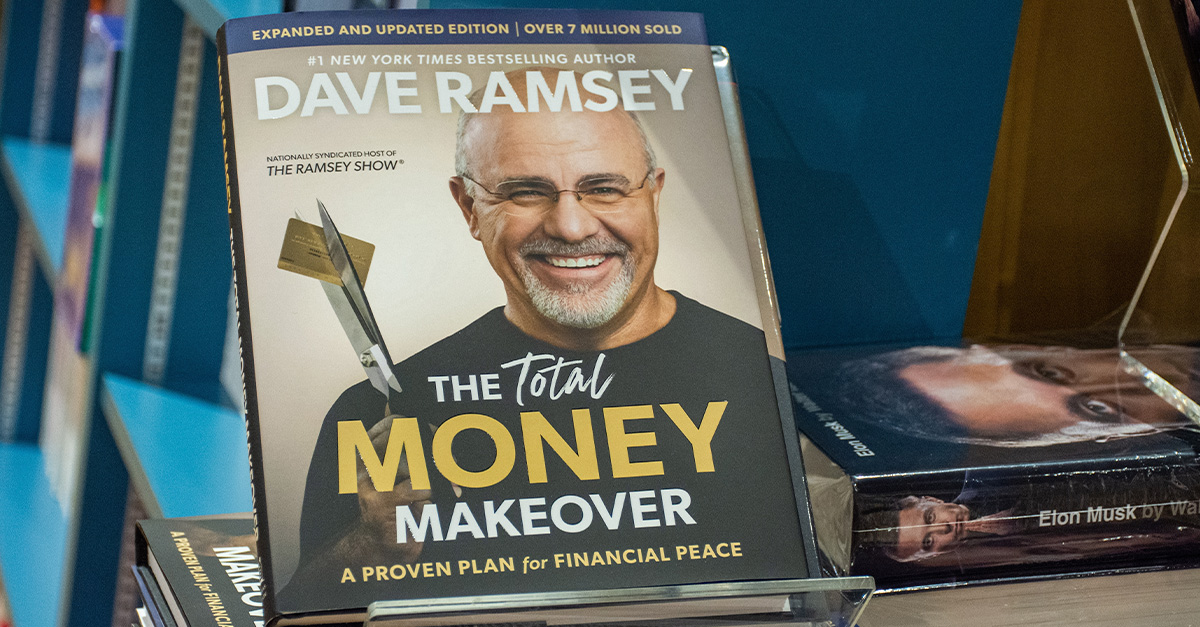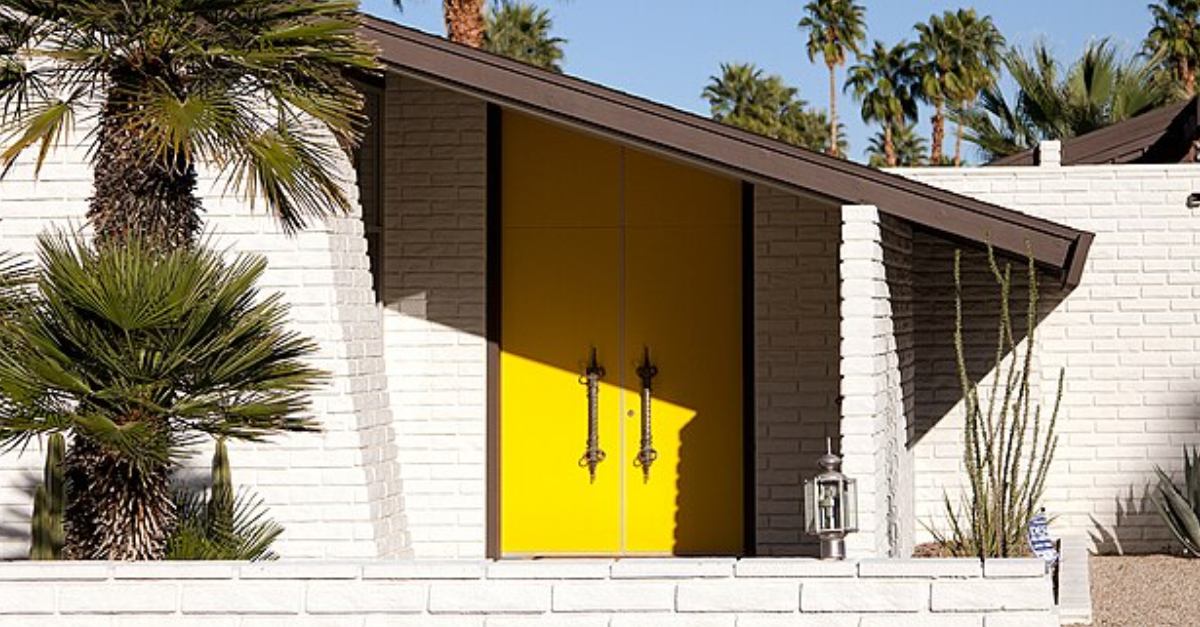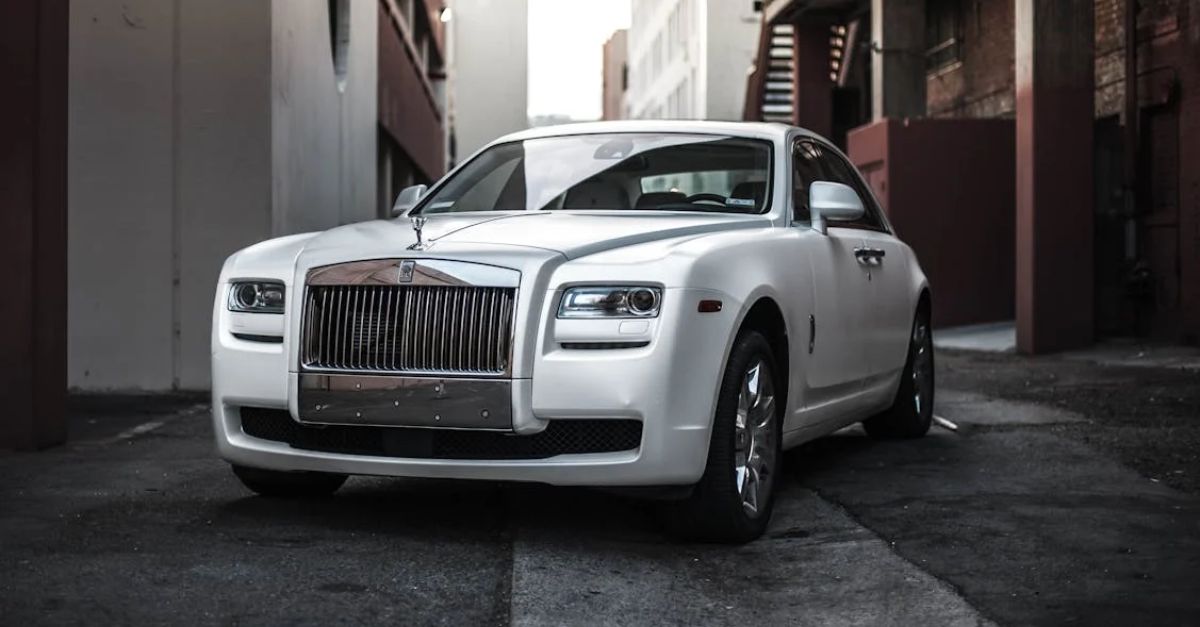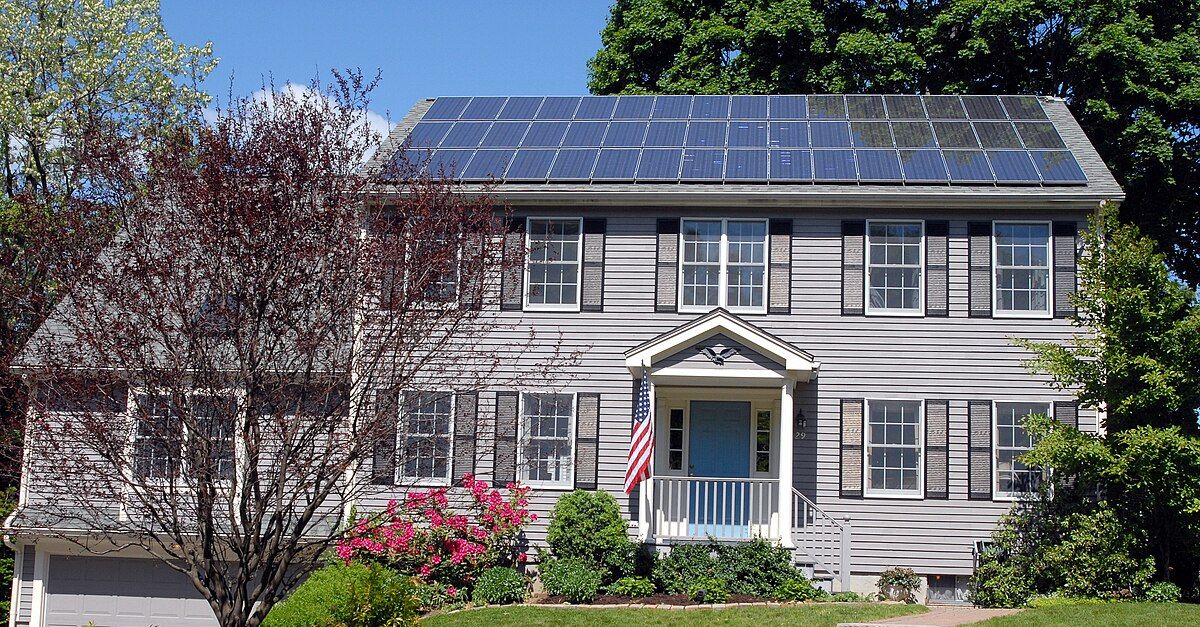Thrones Own More Than Crowns
Castles still stand, but billion-dollar holdings now tell the real story. Royal families control key resources and shape global investments. The lineup starts with more modest holdings and moves to powerhouses that shape entire economies.

House Of Denmark, Denmark
The Danish monarchy oversees 12 state-owned palaces and castles, now estimated at around $400 million based on 2024 audits. The royal civil list, including allowances, was set between $28–30 million. These historic properties span 6 regions and remain key landmarks in the country's cultural identity.
 Johannes Jansson, Wikimedia Commons
Johannes Jansson, Wikimedia Commons
House Of Denmark, Denmark (Cont.)
In addition to state holdings, Queen Margrethe II owns Graasten and Marselisborg Palaces, now valued at approximately $45–50 million. Her 500-piece art collection is insured for around $20–25 million. The Royal Library, supported by the state, receives about $11 million annually for cultural and academic programming.
 Presidential Press and Information Office, Wikimedia Commons
Presidential Press and Information Office, Wikimedia Commons
House Of Grimaldi, Monaco
Monaco's royal family maintains strong ties to the casino economy. In 2023, Societe des Bains de Mer, which is about 57–64% owned by the Grimaldis, reported profits near $120 million. Casino license fees added $61 million, while Prince Albert II led the investment strategy as chair of the supervisory council.
 Cabinet Public Relations Office, Cabinet Secretariat, Wikimedia Commons
Cabinet Public Relations Office, Cabinet Secretariat, Wikimedia Commons
House Of Grimaldi, Monaco (Cont.)
Rental income reached $49 million and helped support urban development. Meanwhile, the Monaco Grand Prix added roughly $61 million in revenue during 2023. Together, these sources highlight the royal family's broader financial role in Monaco's tourism-driven economy, beyond the walls of its casino empire.
 Michał Koziczyński, Wikimedia Commons
Michał Koziczyński, Wikimedia Commons
House Of Orange-Nassau, Netherlands
A key part of Dutch royal wealth lies in state-owned and royal-use properties, which audits estimate at roughly $1 billion in total. While the civil allowance is reported near $49 million, the value of other assets like Nassaufonds and GreenRoots AgriTech remain unverified in official Dutch finance sources.
 Koos Breukel, Wikimedia Commons
Koos Breukel, Wikimedia Commons
House Of Orange-Nassau, Netherlands (Cont.)
The family's financial focus also leans into sustainability. Wind energy, in particular, has drawn close to $500 million in investment, as it generates returns of between $25 and $30 million. While broader innovation continues, details like Kingdom Ventures' involvement or annual support remain loosely defined across available public records.
 Floris Looijesteijn, Wikimedia Commons
Floris Looijesteijn, Wikimedia Commons
House Of Luxembourg, Luxembourg
A 2023 audit placed their real estate across Luxembourg City and Kirchberg at roughly $2.5 billion. About 15% is leased out and produces an estimated $80 million annually for housing programs. LCT Luxembourg also manages heritage assets, although exact values are not fully confirmed in public records.
 Frankie Fouganthin, Wikimedia Commons
Frankie Fouganthin, Wikimedia Commons
House Of Luxembourg, Luxembourg (Cont.)
The family's property holdings only scratch the surface. The Fondation du G-D publicly loans out 180 artworks, estimated at $240 million. Two family offices manage $491 million in assets. Luxembourg's Philharmonie, the country's leading concert hall, receives royal support, although specific financial contributions remain undisclosed in public reports.
 Cabinet Public Relations Office, Cabinet Secretariat, Wikimedia Commons
Cabinet Public Relations Office, Cabinet Secretariat, Wikimedia Commons
House Of Liechtenstein, Liechtenstein
The LGT Group, controlled entirely by the Princely Family Estate, manages $300 billion in assets. Their private fortune—valued at around $5 billion—is handled through the Prince of Liechtenstein Foundation. The family also lends 1,200 artworks to 80 museums around the world, with insurance coverage totaling $200 million.
House Of Liechtenstein, Liechtenstein (Cont.)
While wealth draws attention, quieter forms of global impact deserve notice too. Recent LGT Foundation reports estimate about $50 million in philanthropy. Though exact numbers vary, funds have supported healthcare and scholarships, which shows a lasting commitment even without always offering publicly confirmed annual totals.
House Of Sweden, Sweden
Sweden's royal assets reflect long-term ties to land and nature. The state manages 254 buildings and 1.3 million hectares of farmland and forest, together valued at approximately $5–6 billion. Forestry earned $100–114 million in 2023. Carbon storage projects advance broader national climate goals.
 Holger Motzkau, Wikimedia Commons
Holger Motzkau, Wikimedia Commons
House Of Sweden, Sweden (Cont.)
Public support continues to uphold royal tradition. In 2024, the civil list ranged from $15–16 million, according to official disclosures. Additionally, around 400 paintings and 200 jewelry pieces are estimated to be worth nearly $192 million. An endowment helps maintain 3 private royal residences each year.
 Department of Foreign Affairs and Trade (DFAT)/Michael Godfrey, Wikimedia Commons
Department of Foreign Affairs and Trade (DFAT)/Michael Godfrey, Wikimedia Commons
House Of Alaouite, Morocco
Phosphate mining powers the Alaouite family's fortune. Their holding company, Al Mada, earned $1.8 billion in 2023 and owns 30% of OCP Group, a major global producer. Export sales reached $2.3 billion, which generated 35% of profits. Mining royalties also added $250 million to Morocco's public funds.
 Christian Lambiotte, Wikimedia Commons
Christian Lambiotte, Wikimedia Commons
House Of Alaouite, Morocco (Cont.)
Beyond mining, the Alaouite family channels wealth into property and business. The Royal Heritage Agency maintains 20 official palaces, together valued at $1.63 billion. Bank and telecom investments earned $300 million in dividends, while another $50 million supported royal-backed programs focused on national social development.
House Of Al Maktoum, Dubai
Four private islands on Palm Jumeirah, valued at $1.96 billion, are part of Al Maktoum's luxury assets. DP World, with a $9.2 billion market cap, expands their reach further. That said, it's the 28% stake in Emirates Airline, worth $8.7 billion, that anchors their transport empire.
 State Chancellery of Latvia
, Wikimedia Commons
State Chancellery of Latvia
, Wikimedia Commons
House Of Al Maktoum, Dubai (Cont.)
Technology and infrastructure complete their investments. In 2023, Dubai Holding funneled $12 billion into tech parks and Expo 2020 legacy projects. Selling their shares in Careem, a major ride-hailing app, brought in $3.1 billion. Meanwhile, $545 million was allocated to smart-city corridors under Dubai's long-term digital infrastructure plan.
 Casa Rosada Argentina, Wikimedia Commons
Casa Rosada Argentina, Wikimedia Commons
House Of Bolkiah, Brunei
Much of Brunei's royal wealth flows from oil. Every year, $5 billion in oil and gas exports help fund the monarchy. The Brunei Investment Agency manages $60 billion in assets and owns major properties, including London's Dorchester Hotel. Their palace, Istana Nurul Iman, is insured for $257 million.
 Chin Yu Chu / Pangalau, Wikimedia Commons
Chin Yu Chu / Pangalau, Wikimedia Commons
House Of Bolkiah, Brunei (Cont.)
A major share of their resources goes back to the people. Since 2000, $1.2 billion has funded free healthcare and education. The Royal Brunei Museum received $200 million to preserve Islamic art. Additionally, $10 million per year supports mosque restoration and the protection of cultural heritage sites.
 Australian Embassy Jakarta, Wikimedia Commons
Australian Embassy Jakarta, Wikimedia Commons
House Of Chakri, Thailand
The Crown Property Bureau, or CPB, oversees vast holdings in Bangkok, about 6,560 hectares, valued at $41 billion in a 2022 audit. Royal stakes in Siam Cement and Siam Commercial Bank paid out $1.5 billion in 2023. Since 2018, CPB profits have gone directly to the monarch's private assets.
 The Public Relations Department, Wikimedia Commons
The Public Relations Department, Wikimedia Commons
House Of Chakri, Thailand (Cont.)
Public development remains a royal focus. Each year, $180 million supports rural education and flood relief through the Foundation for Thailand Development. Another $95 million expanded King Chulabhorn Hospital, while $50 million launched a smart-agriculture program created in partnership with Chulalongkorn University.
House Of Windsor, United Kingdom
The Crown Estate anchors Britain's royal income, which generated $622 million last year from a $20 billion valuation. The Duchy of Cornwall, worth $1.3 billion, added $32 million. Balmoral and Sandringham, private rural estates used by the royal family, are insured for $254 million.
 White House
, Wikimedia Commons
White House
, Wikimedia Commons
House Of Al Nahyan, Abu Dhabi
The Abu Dhabi royal family plays a major role in managing global money. In 2023, their investment fund, ADIA, handled $865 billion. Royals help lead the strategy and decisions. That year, they also launched a $10 billion investment into chip industries across the US and Asia.
 The White House, Wikimedia Commons
The White House, Wikimedia Commons
House Of Al Thani, Qatar
Qatar's royal investments stretch from luxury icons to national legacy. The Qatar Investment Authority controls $475 billion, including Harrods and part of The Shard. Their $220 billion World Cup spend reshaped the nation, while $1 billion a year powers Al Jazeera's global media presence.
 Khamenei.ir, Wikimedia Commons
Khamenei.ir, Wikimedia Commons
House Of Saud, Saudi Arabia
Vision 2030 sets a bold path, committing $90 billion to grow Saudi Arabia's culture, tourism, and entertainment sectors. At its core lies PIF, the royal fund worth $830 billion. Its 17% Aramco stake links directly to the oil giant paying $100 billion in dividends.
 Saudi Press Agency, Wikimedia Commons
Saudi Press Agency, Wikimedia Commons

